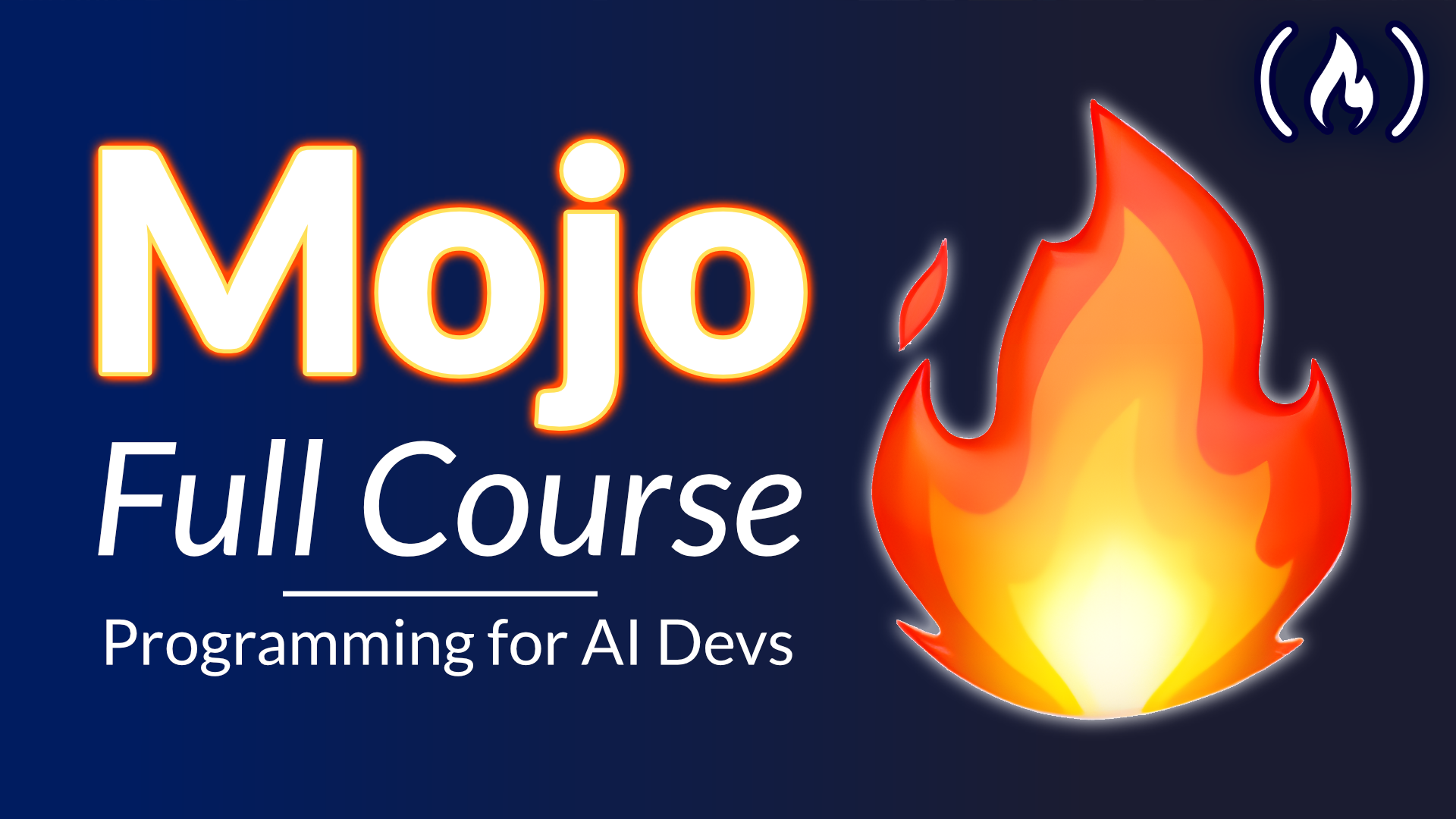Mojo combines the usability of Python with the performance of C, leading to greater programmability of AI hardware and extensibility of AI models. It's basically an enhanced version of Python specifically designed for Artificial Intelligence developers.
We just posted a full Mojo course on the freeCodeCamp.org YouTube channel. Elliot Arledge created this course. Elliot has created many popular courses related to AI and he's the perfect person to teach this course.
Mojo allows you to write Python or scale all the way down to the metal. You can program the multitude of low-level AI hardware and no C++ or CUDA is required.
Mojo was designed by the creator of the Swift programming language to bridge the gap between research and production by combining Python syntax and ecosystem with systems programming and metaprogramming features. Mojo was just released, but the goal is for it to become a superset of Python over time.
Here is an example of a function in Mojo:
fn do_math():
let x: Int = 1
let y = 2
print(x + y)
do_math()You will notice it has some similarity to Python but with some key differences. In this course, you will learn about the differences and how to start writing your own programs in Mojo.
Here are all the sections in the course:
- What is Mojo
- Modular Community
- Setting Up
- Hello World
- Local Jupyter Notebook
- Variables, Declarations, and Datatypes
- Getting User Input
- IF/ELSE Statements
- Loops & Functions
- Python VS Mojo functions
- OOP
- Importing Libraries
- Raises, Error handling, Exceptions
- Inout, Borrowed, Owned, and With Statements
- Variable Scope
- Mojo CLI
- SIMD (single instruction, multiple data)
- Decorators & Metaprogramming
- Speed test (Mojo VS Python)
- How to Ask Questions & Post Errors
- Final Comments
Watch the full course on the freeCodeCamp.org YouTube channel (2-hour watch).
